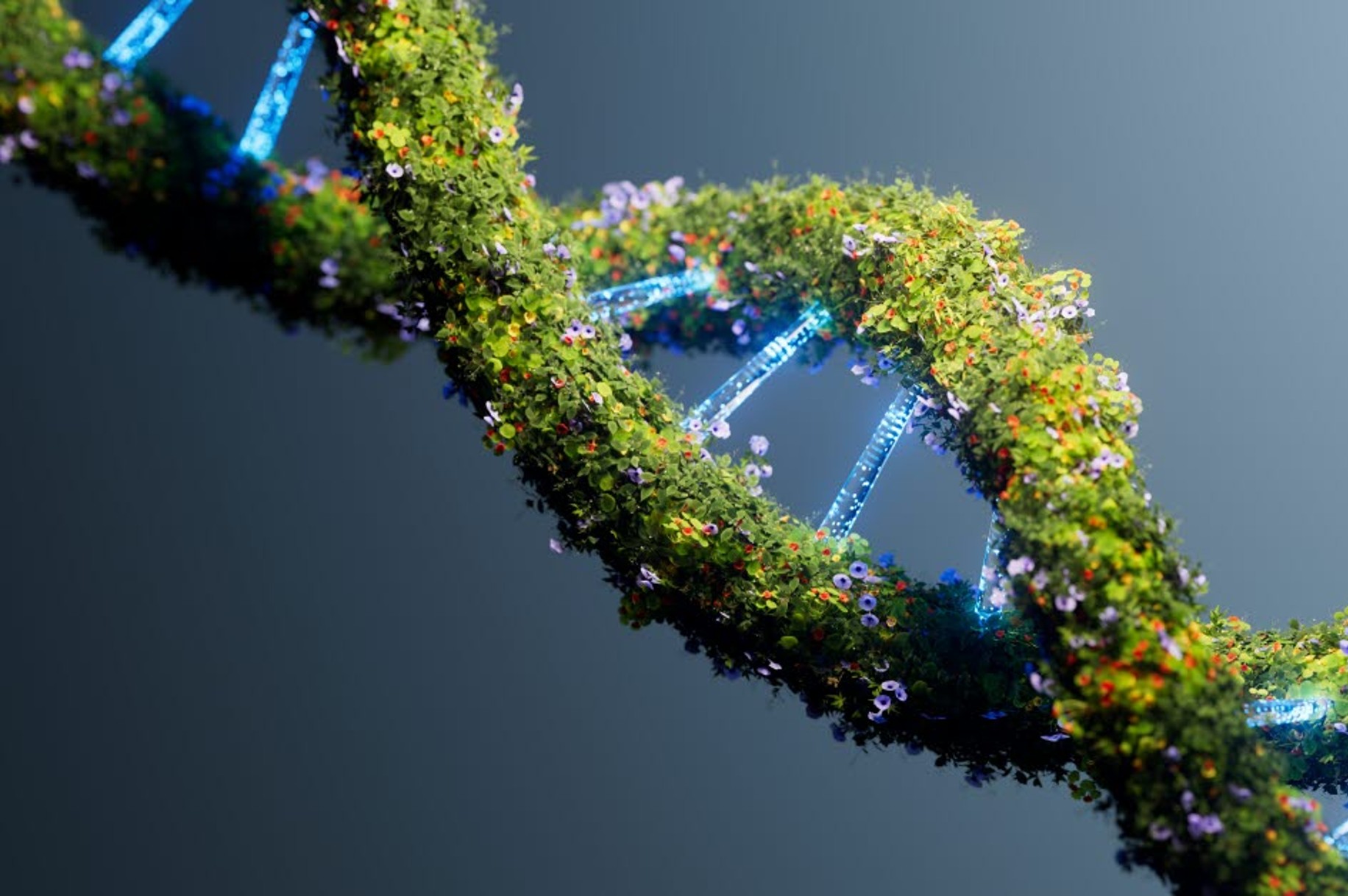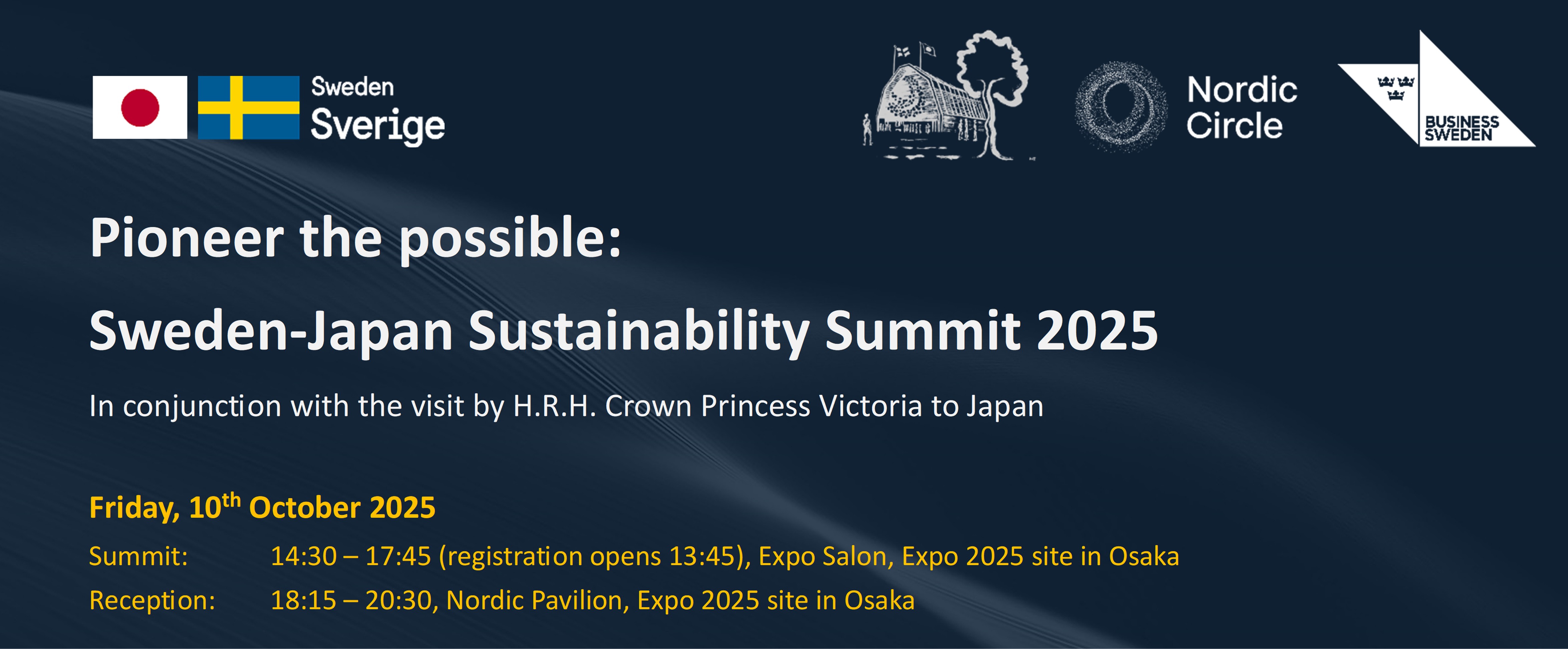
スマートで循環型の都市
Empowering Circular Lifestyles
私たちは市民であり消費者として、暮らし方や消費、行動の選択を通じてフットプリントを最小化し、持続可能に生きる責任を負っています。しかし、こうした個々の選択は、私たちを取り巻く社会によって形づくられ、また制約も受けています。
あらゆる資源が最大限に活用される経済を実現するためには、国や自治体が、市民が循環型の行動に参加できる制度や場を整える必要があります。都市を計画する人、住宅を建て整える人、食を生産し提供する人には、責任ある選択肢を提供する責務があり、同時に私たち一人ひとりにも、その中から賢く選択する責任があります。
具体的な行動としては以下が挙げられます:
- 都市計画、インフラ、公共調達における循環性の組み込み
- 循環型・持続可能な取り組みを可能にする政策の策定
- 官民の連携を通じたイノベーション推進や新技術・新アイデアの実証
- 建設や生産システムの循環性向上と環境負荷の低減
- 消費削減、製品の再使用、資源のリサイクルを通じて、持続可能な選択を行うよう消費者を教育・支援すること
- 都市間や国家間におけるベストプラクティスの共有
Living sustainably is both an individual and societal responsibility, requiring collaboration at every level. Citizens must make wise choices in how they live, consume, and behave, but their options are shaped by the policies, systems, and available products around them. Governments must create supportive legislation and incentives for companies, who in turn must retool their offerings and business models. These offerings then need to be chosen by individual consumers. This session, tied to the Expo theme of “Empowering lives” will explore how people, businesses, and policymakers can work together to maximize the value of limited resources.
Actions to be taken include:
- Embedding circular thinking in urban planning, infrastructure and public procurement
- Enacting policy that supports businesses to implement circular initiatives and business models
- Fostering partnerships between the private and public actors to drive innovation and pilot new technologies and ideas
- Increasing use of circular product design and improving circularity in material value chains
- Educating and empowering consumers to make sustainable choices through reducing consumption, reusing products and recycling resources
- Exchanging best practices across cities and nations

ネットゼロ・ヘルスケア
Net-Zero Healthcare
医療システムは人々の命と健康を守り、改善するために構築されてきたが、現行の医療システム自体も地球規模で人々の健康を損なうほどの温室効果ガス排出を生み出している。日本では、医療システムが国全体の排出量のおよそ4%、年間約4,300万トンの二酸化炭素に相当すると推定される。こうした排出は気候変動を加速させ、健康と生命を脅かしている。
私たちは、医療サービスの提供を有害な排出から切り離すために、サプライチェーンや医療提供の形態を精査し、改革していく必要がある。
具体的な行動としては以下が挙げられる。
- 医療製品に内包された排出量を可視化・削減し、選定基準に排出量を組み込めるようにする
- 予防医療や早期診断への投資により、全体の医療需要を抑えつつ患者の健康成果を向上させる
- 病院での再生可能エネルギー導入や低炭素製品の活用など、脱炭素化を促す政策・支援を実施する
- 外来診療、在宅医療、予防的健診などの低炭素な医療選択肢を推進する
Our healthcare systems are built to Save lives and to improve human health, but current systems also create significant emissions which hurt human wellbeing on a global scale. In Japan, healthcare is estimated to contribute to around 4% of total national emissions. These emissions are contributing to climate change that by itself threatens health and lives. We need to decouple the delivery of health services from harmful emissions through careful examination of supply chains and healthcare delivery modes.
Actions to be taken include:
- Mapping and reducing embedded emissions from medical products
- Investing in preventative medicine and early diagnoses to reduce overall healthcare demand
- Transitioning to green energy in hospitals and use of low-carbon medical products
- Promoting low-carbon choices such as outpatient care, more homecare and preventative screenings

サステナブルなモビリティ・バリューチェーン
Envisioning Future Mobility
世界の輸送システムは、人や物をかつてないスピードと効率で移動させている一方で、依然として世界的な排出量の大きな割合を占めている。日本においても、輸送部門は国全体の排出量の約18%を占めると推定される。この課題に取り組むには、原材料や脱炭素化された生産工程から、動力源・燃料の転換、電動化、最適化、自動化に至るまで、モビリティのバリューチェーン全体を抜本的に見直す必要がある。
具体的な行動としては以下が挙げられる。
- 化石燃料を使わない鉄鋼など、低炭素原材料の活用拡大
- 再生材や再生可能エネルギー、エネルギー効率化による車両製造プロセスの脱炭素化
- 電気や水素などの低炭素動力源への移行支援と、それに必要なインフラ整備
- 経路最適化、積載効率の最大化、デジタル技術の活用などによる商用車の利用段階の最適化
- 次世代脱炭素技術に向けた共同研究開発
Global transportation systems connect lives by moving both people and goods with unprecedented levels of speed and efficiency but are also still associated with a large share of global emissions. To tackle this challenge, the entire mobility value chain needs to be overhauled – from input materials and decarbonized production to shifts in drivetrains & fuels, optimized traffic flows and logistics, and last-mile innovation.
Actions to be taken include:
- Developing the use of low emission input materials such as decarbonized steel
- Targeting net-zero production (recycled materials, renewable energy & improved energy-efficiency)
- Supporting the shift to low-carbon drive trains such as EVs and biofuels, incl. necessary infrastructure
- Optimizing the use-phase of commercial vehicles through e.g. route and load optimization
- Joint development and target setting of next-generation technologies for decarbonization
